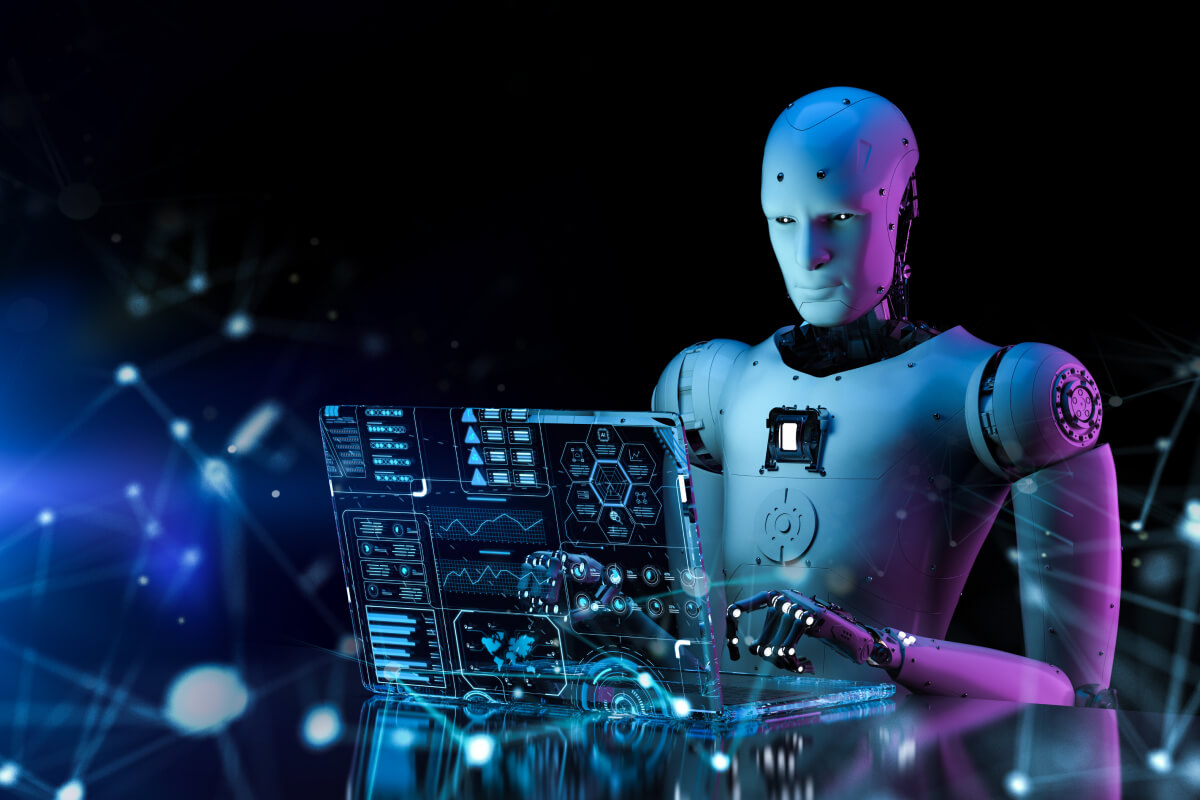Artificial intelligence and cybersecurity have become focal point for organisations worldwide in today’s rapidly evolving digital landscape. As businesses race to adopt AI technology, it holds the potential to revolutionise the field of cybersecurity. However, this integration also introduces new challenges and risks that must be understood to ensure responsible and ethical usage. This blog will discuss the challenges, benefits and limitations of using AI for cybersecurity.
Key Challenges Faced by Cybersecurity Today
Time and Cost of Manual Threat Hunting
Traditional manual threat hunting is resource-intensive and time-consuming, making it costly and prone to overlooking unnoticed attacks. Efficient and automated approaches are imperative to address the need for a more streamlined and effective threat-hunting process.
Overcoming Geographical Boundaries
With geographically remote IT systems, monitoring and tracking incidents manually becomes increasingly tricky. Effectively monitoring incidents across regions poses a challenge for cybersecurity experts as they navigate infrastructure variations that must be addressed.
Reactive Nature of Cybersecurity
Companies typically resolve problems only after they have occurred, as they may lack the ability to predict threats before they emerge. This reactive approach poses a significant challenge for security experts.
Hiding and Changing IP Addresses
Hackers employ various techniques to obfuscate and hide their IP addresses, including Virtual Private Networks (VPNs), proxy servers, and Tor browsers. These methods provide them with anonymity and enable them to evade detection effectively.
How AI Benefits Cybersecurity
Enhancing Threat Hunting
Traditional security techniques rely on signatures or indicators of compromise to identify threats. While effective for known threats, they struggle with previously undiscovered ones. Integration of AI can increase the detection rate by approximately 95%.
Vulnerability Management
Managing the many new vulnerabilities organisations encounter daily poses a significant challenge in prioritisation and effective management. However, by employing AI techniques that analyse baseline behaviour, organisations can identify anomalous patterns and detect zero-day unknown attacks before they are officially reported and patched. This proactive approach enhances cybersecurity by mitigating risks on time.
Optimising Data Centers
AI is pivotal in optimising and monitoring crucial processes within data centres. From managing backup power and cooling filters to regulating power consumption, internal temperatures, and bandwidth usage, AI harnesses its calculative powers to deliver unparalleled efficiency. By continuously monitoring these processes, AI provides valuable insights that enhance the effectiveness and security of hardware and infrastructure.
Streamlining Network Security
Creating effective security policies and comprehending an organisation’s network topography pose challenges for traditional network security. However, the integration of AI can address these challenges by identifying legitimate network connections and facilitating the implementation of a zero-trust model. Additionally, AI can streamline the process of determining the relationship between workloads and applications, alleviating the burden on security teams and saving valuable time and effort.
Limitations of Using AI for Cybersecurity
Investment Costs
AI’s design and implementation costs in cybersecurity may be limited for smaller companies in the early stages of AI adoption. The associated expenses of building and maintaining such systems may require substantial short-term investments and resource consumption. Moreover, the demand for AI professionals may exceed the current supply, adding to organisations’ challenges.
Training AI Models
Training AI models with datasets is a time-consuming process that requires gathering data, reviewing results, and testing the model for reliability. Accurate and reliable source data is crucial for developing a dependable cybersecurity system.
Imperfections in AI Technology
AI in cybersecurity, despite its potential, is still in the early stages of development. Organisations in the early adoption phase may be inclined to over-rely on AI functionalities, leading to errors and biases. AI-trained specialists must monitor continuously to ensure effective implementation and mitigate potential issues.
AI in the Hands of Hackers
Just as organisations leverage AI in cybersecurity to enhance their threat-hunting capabilities, cybercriminals can exploit AI to develop more sophisticated attacks. Attackers learn from existing AI tools to make their malware resistant to AI-based security systems, posing a significant challenge for defending against evolving threats.
Conclusion
Integrating artificial intelligence and cybersecurity presents immense opportunities for improving security measures. However, it also comes with risks as cybercriminals adapt to exploit AI capabilities. Establishing robust protections against cybercriminals and maintaining a balance between AI implementation and human oversight is crucial for minimising losses and safeguarding businesses in today’s digital landscape.
With a keen focus on integrating artificial intelligence and cybersecurity, expert teams can provide high-quality cybersecurity solutions to safeguard your data and privacy. To know how AI in cybersecurity can be helpful for your organisational needs, get help from cybersecurity firms that provide high-quality cybersecurity solutions.
Being a leading cybersecurity firm in the UAE, Green Method stands at the forefront by offering a wide range of high-quality cybersecurity solutions. Green Method delivers innovative and advanced measures to protect valuable data assets. To learn more about artificial intelligence and cybersecurity, contact Green Method.
